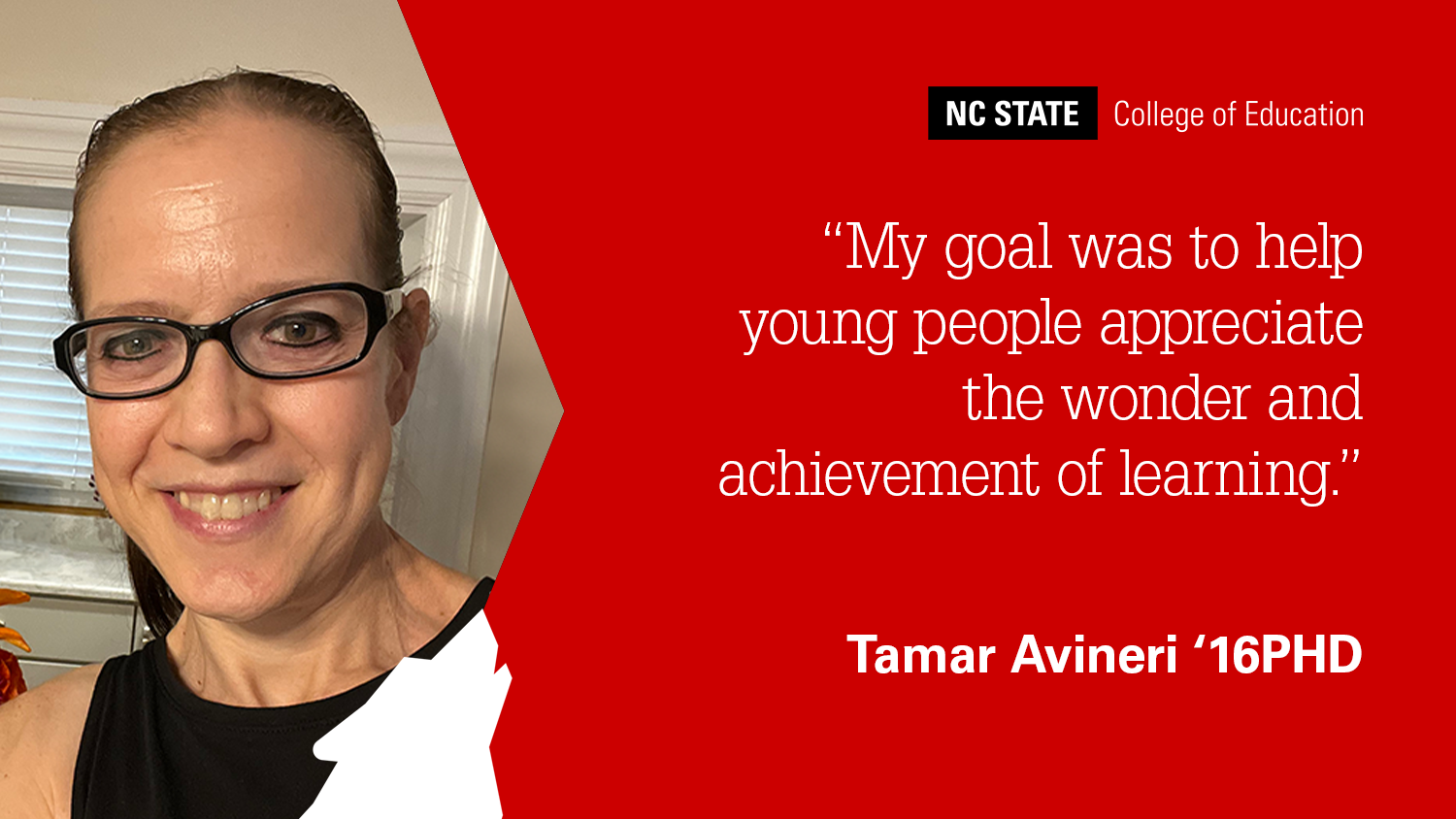Book Co-authored by Professor Aaron Clark Aims to Help Students Succeed in Engineering Graphics Courses

A new book co-authored by Aaron C. Clark, Ed.D., professor of technology, engineering, and design education and head of the Department of STEM Education in the NC State College of Education, is aiming to help students most at-risk of dropping out of STEM studies be successful in engineering graphics courses.
Foundational Engineering Graphics: Principles and Applications is a free, supplemental book that uses real-world examples of the applications of engineering graphics to encourage deeper understanding of and engagement with content.
The book is designed to align with most current engineering graphics textbooks used to teach fundamentals at the secondary and postsecondary levels, allowing students to use the supplement to develop better understanding throughout the chronology of their coursework.
“We created this content to help students that struggle with understanding engineering design concepts; people that have trouble just reading and understanding technical drawings and information,” Clark said. “We bring real-world examples to those that are struggling in hopes that by having this supplement to go along with their existing materials, they’ll have a better understanding of the application of this content.”
The book stemmed from the National Science Foundation IUSE grant-funded “Active Learning Modules to Support Problem-Based Learning: Effects on Engineering Retention and Academic Outcomes of At-Risk Students” project. As part of the project, Clark, along with colleagues from Texas Tech University, Embry-Riddle Aeronautical University and Illinois State University, studied students in the College of Education’s Fundamentals of Engineering Graphics foundational course, with a particular focus on those deemed “at-risk” for dropping out of the program, including first-generation college students and women.
Clark and his colleagues developed Active Learning Modules, which aim to make engineering graphics concepts more understandable at a simple level through real world examples, such as Russian nesting dolls, Lego cars, household objects and famous landmarks including the Space Needle, Capitol Building and Statue of Liberty.
An award-winning article co-authored by Clark last year outlined the success of these modules, showing they made a significant difference in the three-dimensional modeling self-efficacy of women and students of color, who scored lower than their counterparts on assessments at the beginning of the course, but scored similarly to their classmates on the post-test after using the modules throughout the course.
The success of these modules inspired Clark and co-authors Jeremy Ernst, Ed.D., Daniel P. Kelly, Ed.D., and Shelley Glimcher ’20EDD to transform the digital resources into a book format that is available for free to the public.
Similar to the Active Learning Modules, the book features 10 units that cover the foundational elements of engineering graphics including sketching, engineering geometry, working drawings and orthographic and pictorial projections.
In addition to real-world examples that relate to each theoretical concept, each unit also includes practice activities, reflection questions and quiz questions for students to apply concepts, identify examples and assess their knowledge.
“Our research shows that having these types of materials and other forms of media to support existing subject matter does improve students’ confidence and understanding,” Clark said. “Our hope is that by putting out a quality item that’s been researched, assessed and fully vetted by peers, that introductory engineering design classes at other institutions will take this and have it as a resource for students.”
- Categories:


